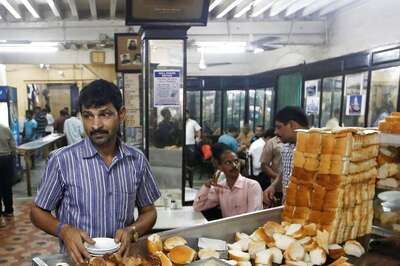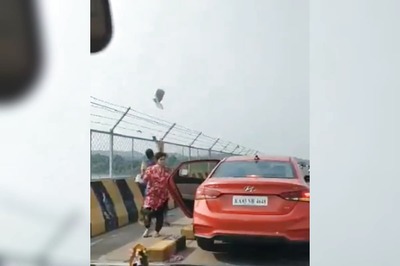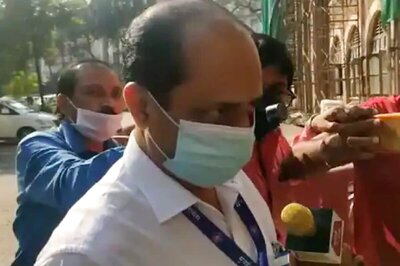
views
Two months since the Covid-19 outbreak took off in India, the country has reported a total of 52,952 cases. Even as the lockdown has slowed the growth in month of April, the number of active cases recorded per day had not slowed down. In fact, in the first week of May, the country is witnessing a surge in cases as it has recorded over 14,000 cases in just five days. So what stage of transmission are we in and what are the classifications of coronavirus transmissions? Here News18.com explains.
What are the classifications of transmissions?
The World Health Organization (WHO) refers to transmission classification in each of their situation reports. These reports are a compilation of data received from different countries and based on what is self-reported by the countries, the WHO denotes the classification.
“Transmission classification is based on a process of country/territory/area self-reporting. Classifications are reviewed on a weekly basis, may be revised as new information becomes available, and are based on the highest category reported. Differing degrees of transmission may be present within countries/territories/areas,” the WHO stated.
What are the classifications as per WHO?
As per the WHO’s May 5 situation report, the transmission in countries are characterised as – sporadic cases, cluster of cases, community transmission. Earlier, it also used the ‘local transmission’ classification. Sporadic cases refer to a small number of cases that are either imported or that are detected locally. Local transmission indicates locations where the source of infection is within the reporting location.
A cluster of cases refers to cases that are clustered in time, geographic location and or by a common exposure. In India, the cluster of cases were seen in Rajasthan’s Bhilwara, Delhi’s Nizamuddin and recently in Chennai’s Koyambedu where several cases were detected linked to a wholesale market.
The WHO refers to community transmission as larger outbreaks of local transmission that can be defined or identified through different approaches. It can be characterised by a situation where the original source of exposure cannot be found or cases that are detected through surveillance of a specific group of people. It can also be identified through multiple clusters in several areas.
What does Indian Council of Medical Research (ICMR) have to say about different stages of Covid-19 outbreak?
On March 13, Dr Balram Bhargava, Director-General of ICMR had talked about four stages of the Covid-19 disease. He explained that stage one is marked by imported cases, stage two by local transmission and also cited the example of cases that were detected in Agra in Uttar Pradesh.
“Up till stage two we are not that much worried and we are in stage two. Then there is stage three where there is community transmission. Certain communities and large areas will be affected and then there is stage four which is an epidemic stage. China and Italy put a lockdown at that stage. That is the broad understanding. Once community transmission occurs, the graph of cases peaks,” Dr Bhargava had said during ICMR’s press briefing.
What has the government said on classification of Covid-19 transmissions and what stage we are in?
The Union Ministry of Health and Family Welfare has continuously denied that India has entered the community transmission phase. To each question put to the government on community transmission, during government briefings, it has maintained that contact tracing is being carried out at state levels and the cases can only be classified as local and cluster transmissions. In a document, it brought out last month on strategies to handle different stages, it mentioned five scenarios. These were as follows: travel related cases reported in India, local transmission of Covid-19, large outbreaks amenable to containment, widespread community transmission and a stage where India becomes endemic for Covid-19.
What is the situation in different countries?
As per the WHO situation report, transmission in India has been classified as ‘clusters of cases’ and this is based on self-reporting and not an independent survey or study of WHO. Countries like USA, South Korea, Italy, Spain, Germany, South Africa, United Kingdom, France and Turkey have all been classified under ‘community transmission’ category. India, Russia, China, Singapore, Pakistan are some of the other countries where transmission has been classified as ‘cluster of cases’.




















Comments
0 comment